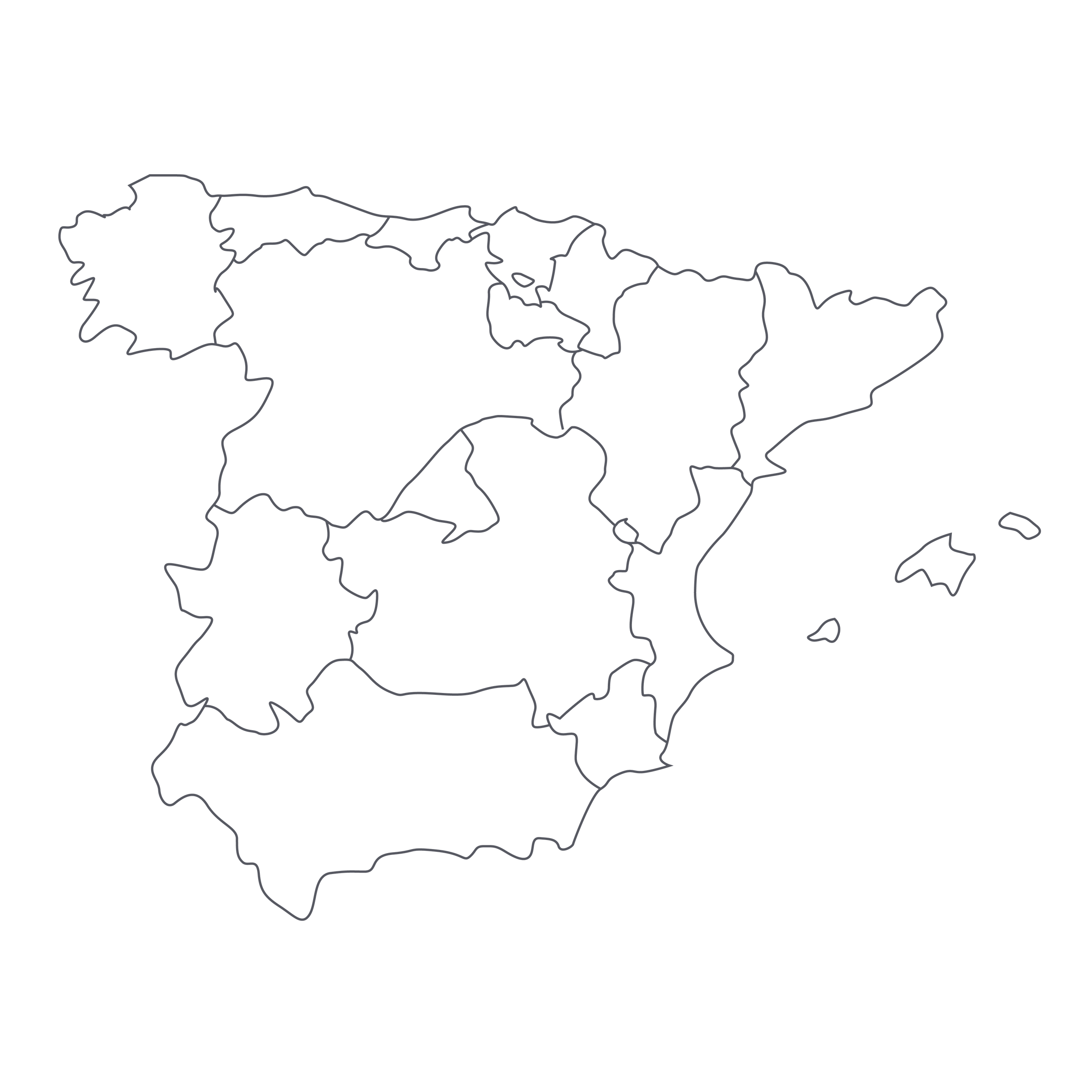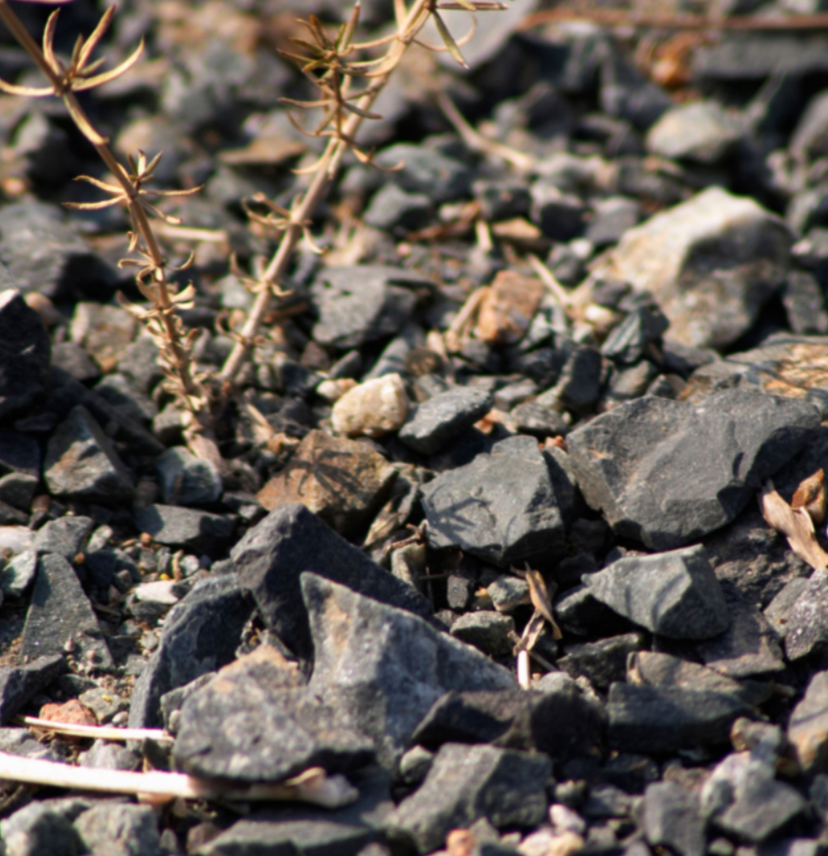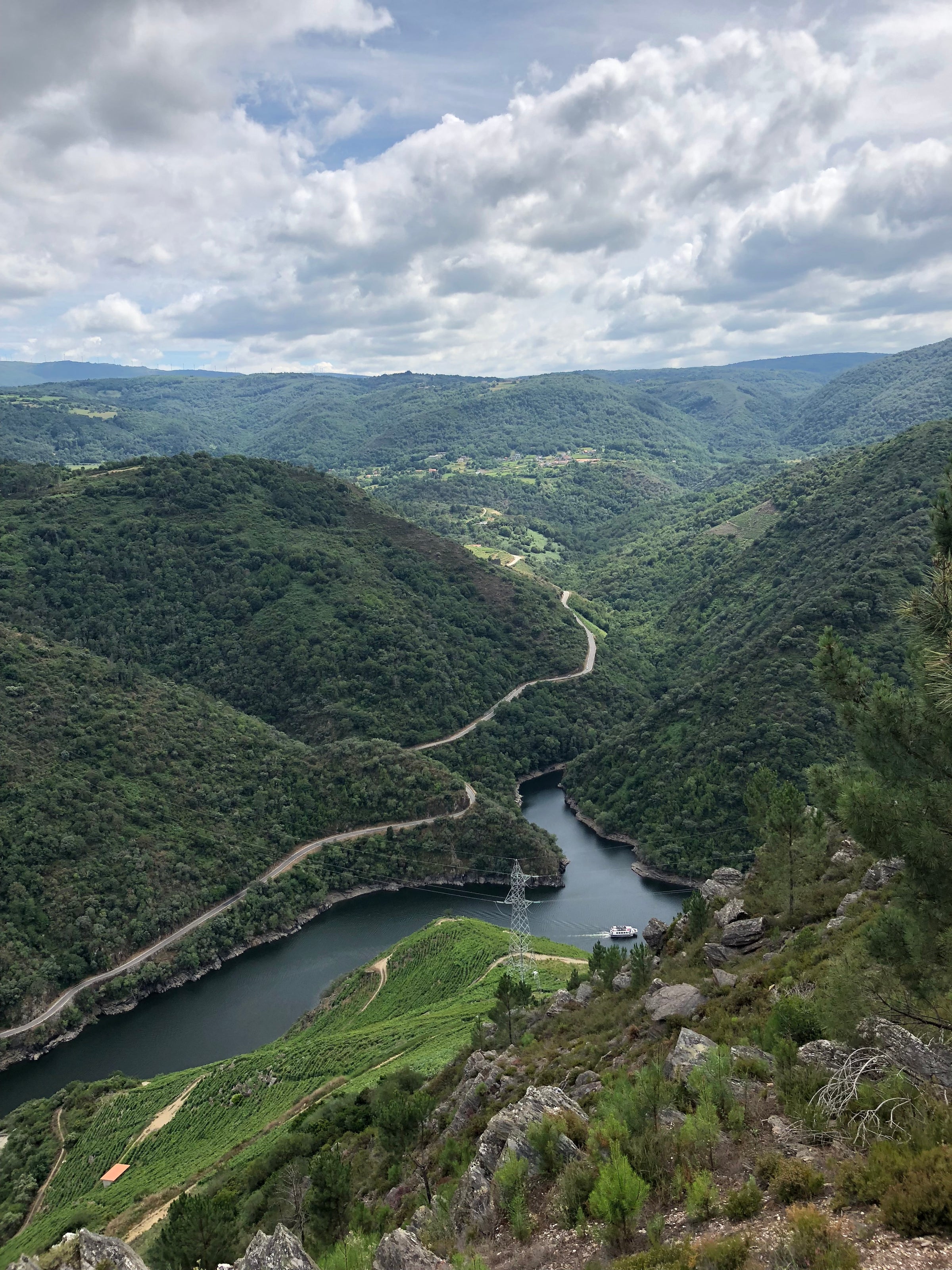It was back in 1997 that the Alvarez family decided to seek out unique parcels of vines in areas outside of their Ribera del Duero estate. Finally settling on the up and coming Toro region of northwest Spain, they bought property that was already partially planted to old vine Tempranillo—known locally as Tinta de Toro. Aiming for utter perfection and greatness with this new project, they also built a state-of-the-art winemaking facility on the property; thus, Pintia was born. This expansion for the Alvarez family has been instrumental in their longstanding history as the most legendary producer in all of Spain. Pintia wines, just as Vega Sicilia wines, have followed suit in the sheer number of accolades and high scores they have received. At the estate the Toro D.O., located along the Douro River southwest from Ribera del Duero, the terroir is ideally suited to producing perfectly ripe Tempranillo. Mature vines, of roughly 25-45 years old, are planted in sandy, stony topsoil with layers of red clay and gravel underneath. The same craftsmanship and attention to detail that is given to the Vega Sicilia vineyards is given to the estate vineyards at Pintia. Picking and placing bunches into small crates before cold maceration, fermentation and then aging in new French and American oak barrels, yields one of the most powerful Tempranillos that lovers of Spanish red wines have ever tasted.
The 2008 Pintia La Cosecha has a stunning opaque dark garnet core that moves to orange and amber reflections on the rim—typical of Tempranillo at this age, though darker than you would expect to find in Rioja Tempranillo. The aromatics are explosive with a ton of personality, yielding aromas of salted plum, dried black cherries, dried leather, dried tobacco, tar, coconut shavings, dried, wild red and purple flowers, orange peel and a myriad of baking spices from the new French and American oak barrels in which the wine is aged. The palate is incredibly soft and velvet-like, with structured and elegant tannins that glide effortlessly across the palate. The flavors are concentrated, structured and mirror nose with ripe plum, dried cherries, preserved raspberries, wild herbs, dried flowers, and new oak flavors that are beautiful integrated with the fruit. This wine is phenomenal now, and will reach its peak over the next 3 to 5 years; if you keep it immaculately in a proper cellar, it could easily last another 10-15 years. If drinking now, decant for one to two hours and serve in large Bordeaux stems at cellar temperature; as the wine reaches 60-65 degrees, it will reach perfection, unlike any Spanish red wine you’ve ever tasted. Due to its alcoholic content, I urge you not to serve this wine too warm, or the alcohol will dominate the aromas. For a heavenly wine and food pairing experience, making
this authentic suckling lamb recipe. The dish is very simple, but unbelievably delicious.





